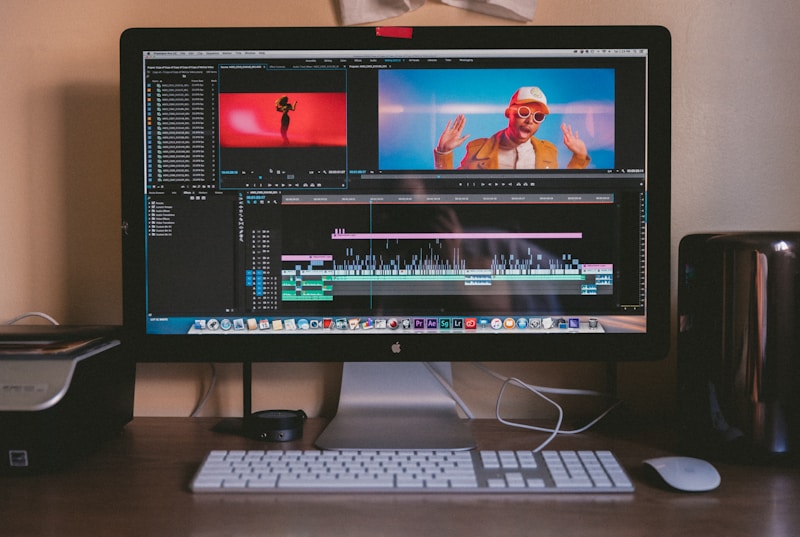Google unveiled Veo 3.1, a major upgrade to its AI video generation model that introduces synchronized audio generation alongside visual content. This enhancement transforms Veo from a visual-only tool into a complete multimedia creation platform, intensifying competition with OpenAI's Sora 2 in the rapidly evolving generative video space.
What's New in Veo 3.1
Building on Veo 3's foundation of image-to-video conversion and video extension capabilities, the 3.1 release adds:
- Native audio generation synchronized with video content
- Improved prompt adherence for more accurate scene generation
- Granular editing controls for fine-tuning specific elements
- Image-to-video with simultaneous audio for complete scene creation
The audio synthesis doesn't just add generic background music—it generates contextually appropriate sounds, dialogue, and ambient audio that matches the visual action, creating more immersive and production-ready content.
Platform Integration
Veo 3.1 is being integrated across Google's ecosystem:
- Google AI Studio for developers and researchers
- Vertex AI for enterprise deployments
- Gemini for consumer applications
The model is available now in public preview, with broader rollout expected by late October. Early access users have praised the quality and coherence of generated videos, noting significant improvements over previous versions.
Competitive Landscape
The AI video generation market is heating up rapidly:
- OpenAI's Sora 2 recently launched with cinema-quality 60-second video generation
- Microsoft announced Sora 2 API availability on Azure AI Foundry
- Runway continues iterating on its Gen-3 platform
- Stability AI is developing video capabilities for open-source deployment
Google's advantage lies in its established cloud infrastructure and tight integration with productivity tools millions already use. The company is positioning Veo as the enterprise-ready solution for businesses needing reliable, scalable video generation.
Real-World Applications
Industries exploring Veo 3.1 include:
- Marketing and advertising for rapid content creation and A/B testing
- Film and entertainment for pre-visualization and concept development
- Education for creating engaging instructional content
- E-commerce for product demonstrations and virtual try-ons
- Gaming for cinematics and cutscene generation
The addition of audio makes these applications more practical, eliminating the need for separate audio production workflows.
Technical Capabilities
Veo 3.1 can generate videos from text prompts, extend existing video clips, and transform static images into animated sequences—all while maintaining visual coherence and generating appropriate audio. The model handles complex scenes with multiple characters, dynamic camera movements, and varied lighting conditions.
Google emphasizes responsible AI development, implementing safeguards against generating misleading or harmful content. All Veo-generated videos include watermarks indicating AI creation, addressing growing concerns about synthetic media authenticity.
Looking Ahead
As AI video generation becomes mainstream, tools like Veo 3.1 will democratize video production, lowering barriers for creators who previously needed expensive equipment and specialized skills. The challenge ahead involves balancing creative enablement with ethical considerations around deepfakes and misinformation.
Google plans continued enhancements throughout 2025, with longer video duration, higher resolution output, and even more sophisticated audio generation on the roadmap. The race to perfect AI video generation is accelerating—and Veo 3.1 represents Google's latest bid for leadership in this transformative technology.
